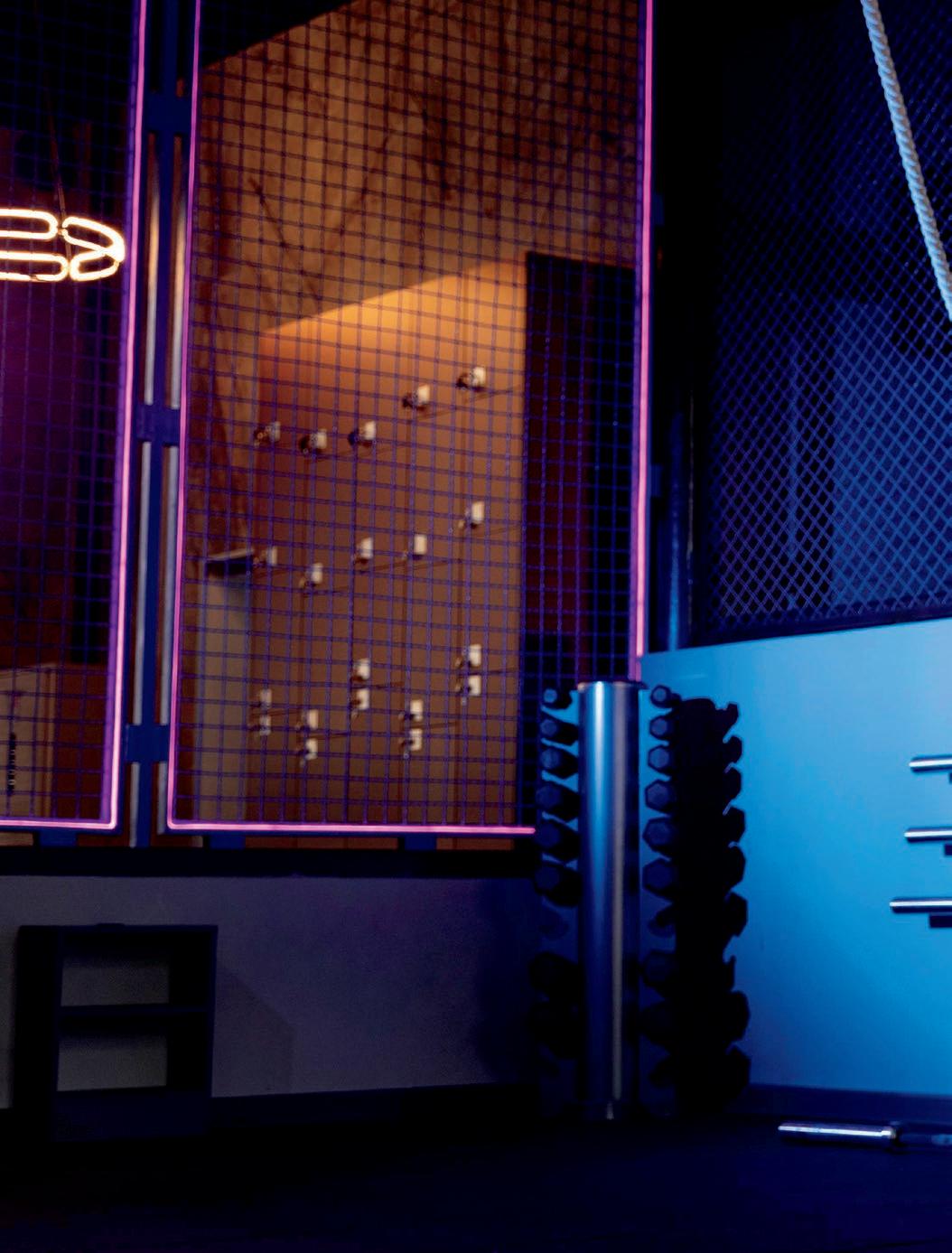
2 minute read
HIIT (High Intensity Interval Training)
By: Harvard T.H. Chan School of Public Health
“I don’t have time!” is one of the top reasons for not exercising, as many traditional workouts push a commitment of about an hour. High intensity interval training, or HIIT, challenges this barrier by incorporating an effective workout in half that time. In our time-pressured culture, HIIT has claimed a spot in the top 10 fitness trends since 2014 as surveyed by the American College of Sports Medicine. [1] In about 30 minutes, it is considered a complete workout that combines both aerobic and strength (resistance) training. In order to achieve similar benefits to a longer workout, the intensity is vigorous.
Advertisement
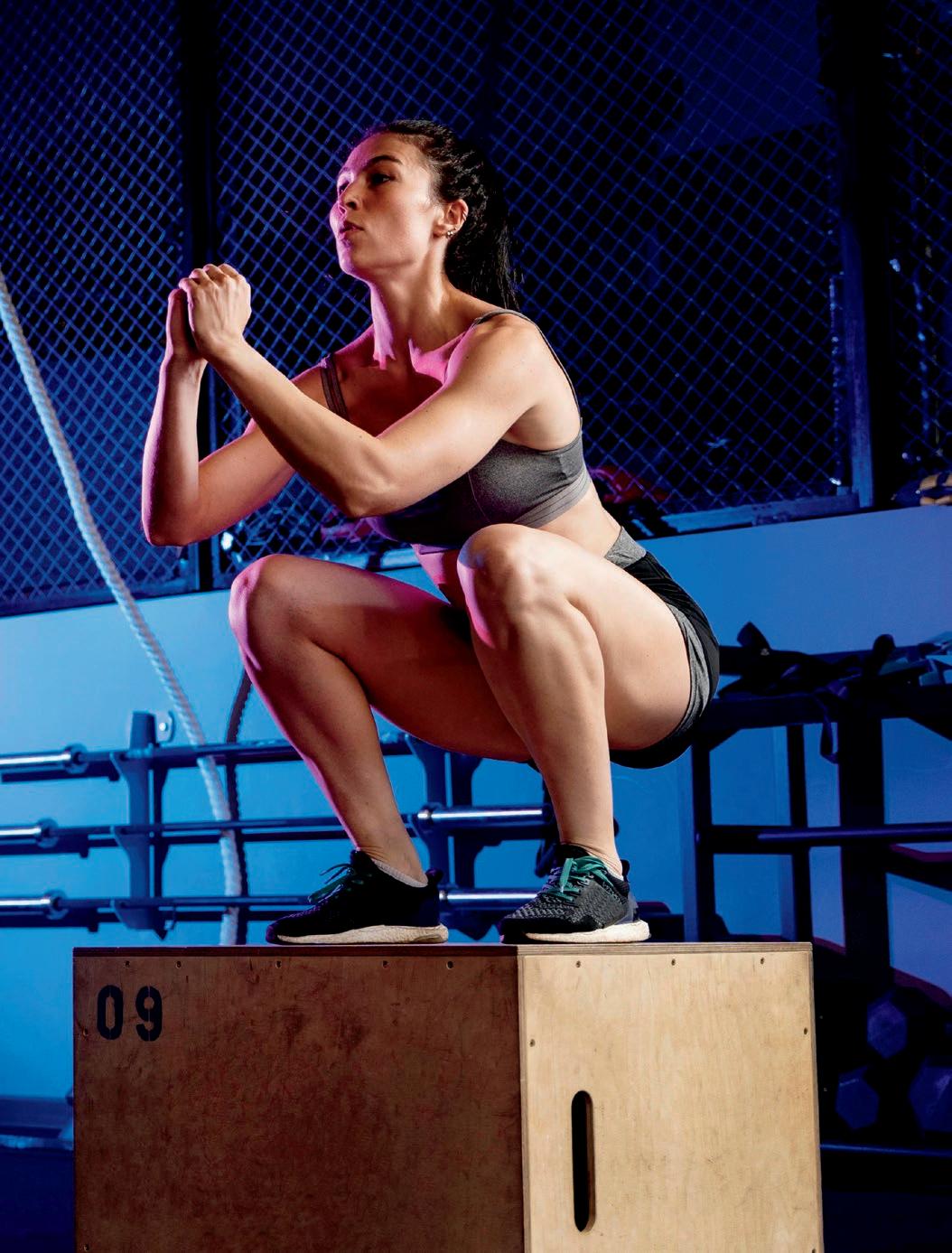
HIIT is a type of interval training exercise. It incorporates several rounds that alternate between several minutes of high intensity movements to significantly increase the heart rate to at least 80% of one’s maximum heart rate, followed by short periods of lower intensity movements. Interval training was first introduced in the 1950s as a higher intensity form called sprint interval training, which reached 100% maximum heart rate and was used to improve the performance of elite Olympic athletes.
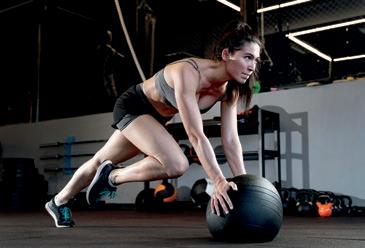
Body weight can be used as the main form of resistance so that additional equipment is not needed. HIIT workouts also generally do not require a large amount of space, making the format ideal for a home workout. HIIT workouts can be integrated into various exercise formats, such as running (outdoors or on a treadmill), dancing, rowing machines, stationary bicycles, or stair climbers. [2] The interval durations can be timed by using one to fiveminute music tracks.
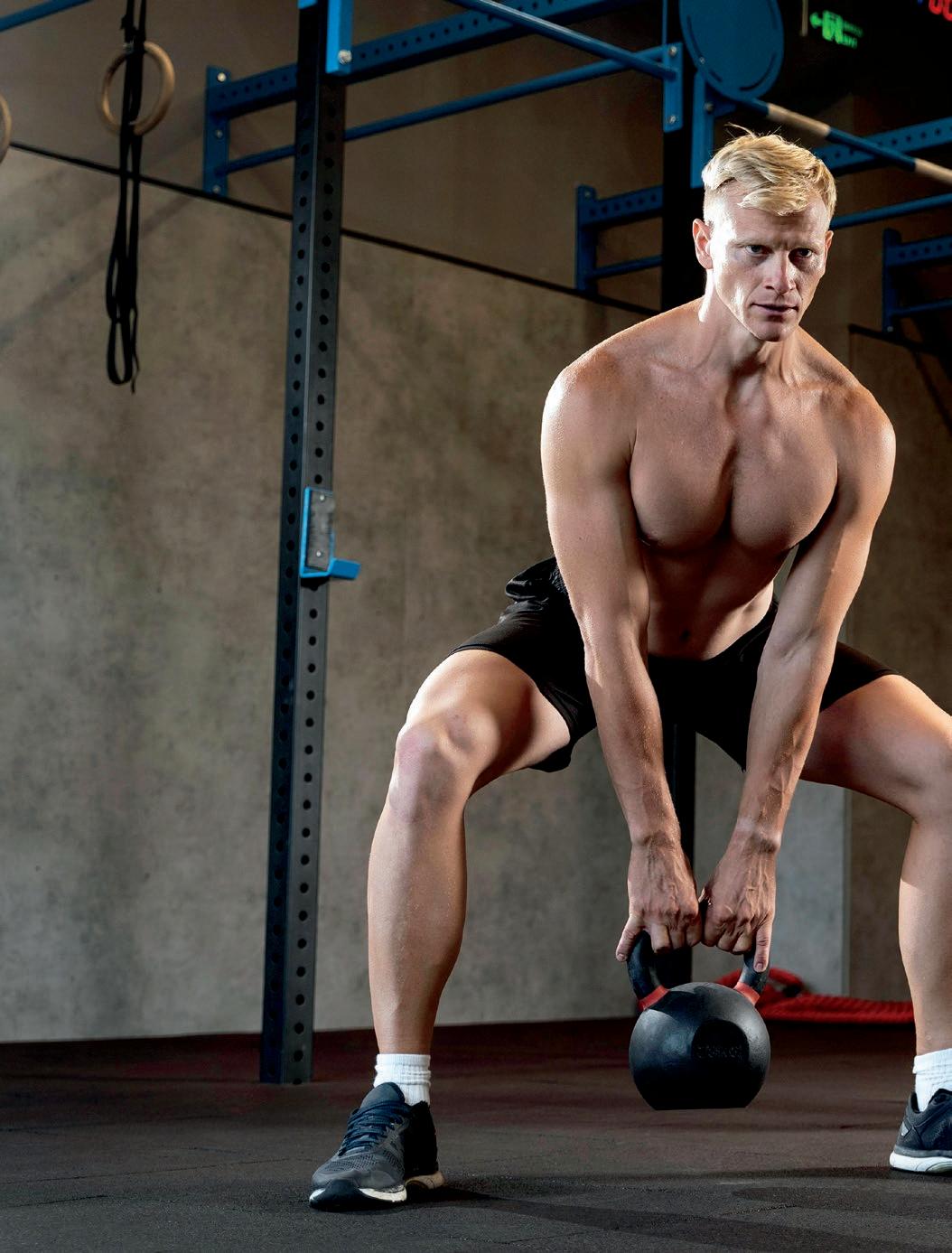
Other terms that are used interchangeably with HIIT are Tabata and circuit training. Tabata is a form of HIIT that was created by Professor Izumi Tabata in 1996 involving Olympic speedskaters. His exercise intervals were extremely high intensity, followed by very brief rest periods. Fitness centers and gyms that offer Tabata classes are typically 20-30 minutes and encourage participants to reach their highest intensity ability, but they can self-regulate their workouts. Circuit training involves 8-12 exercise stations that target different muscle groups. Participants rotate through each station, completing one exercise that lasts several minutes. The difference with circuit training is that the intensity is variable, whereas HIIT encourages maximum effort by reaching 80-90% maximum heart rate.
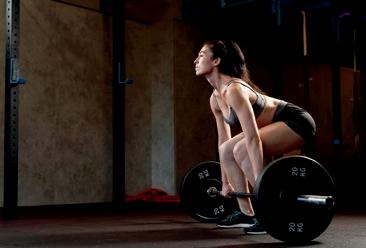
HIIT can help to decrease body fat, increase strength and endurance, and improve health outcomes, but it is not necessarily better than other exercise formats. Its main appeal is that it can achieve similar fitness and health benefits in a shorter duration, and that it includes periods of rest.
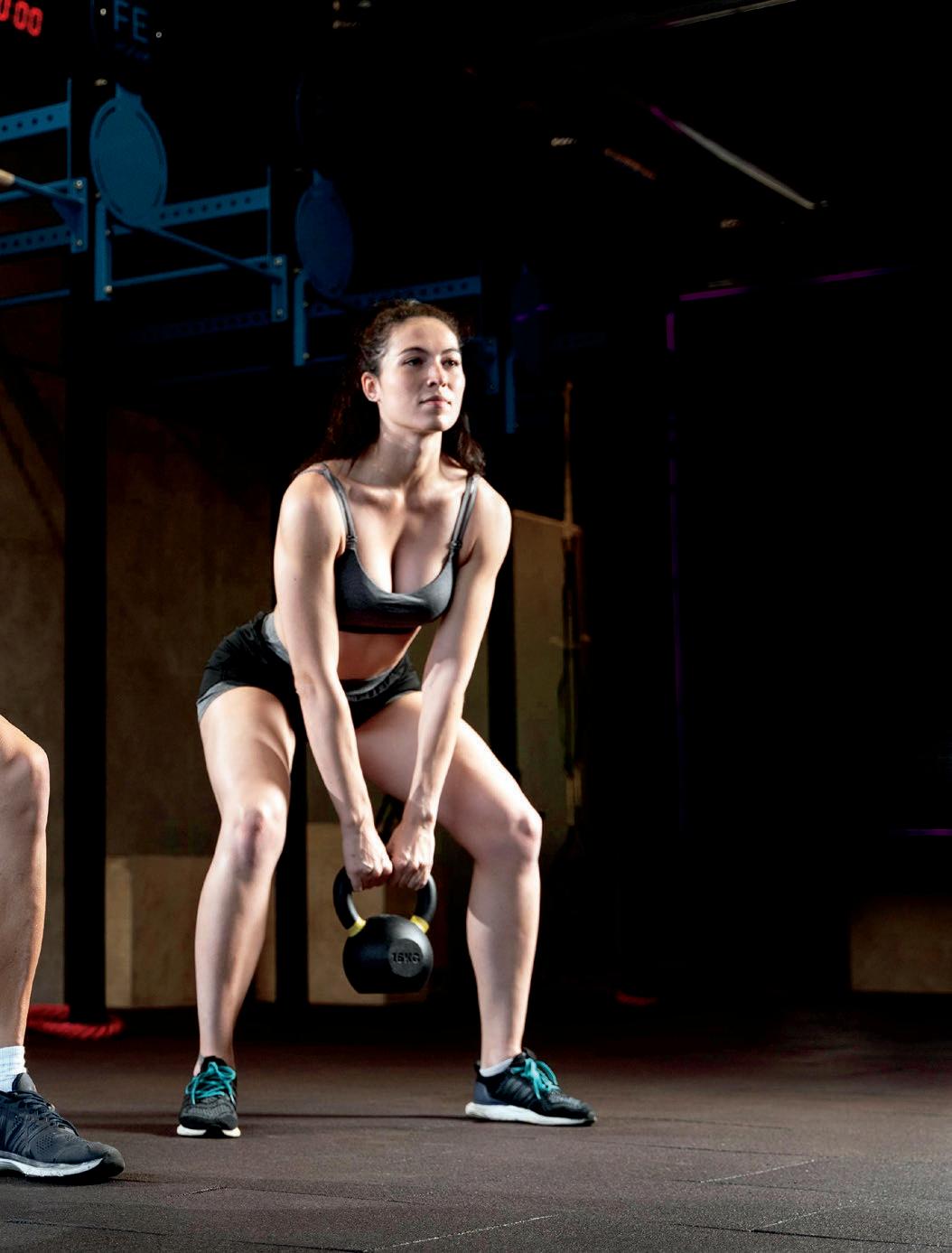
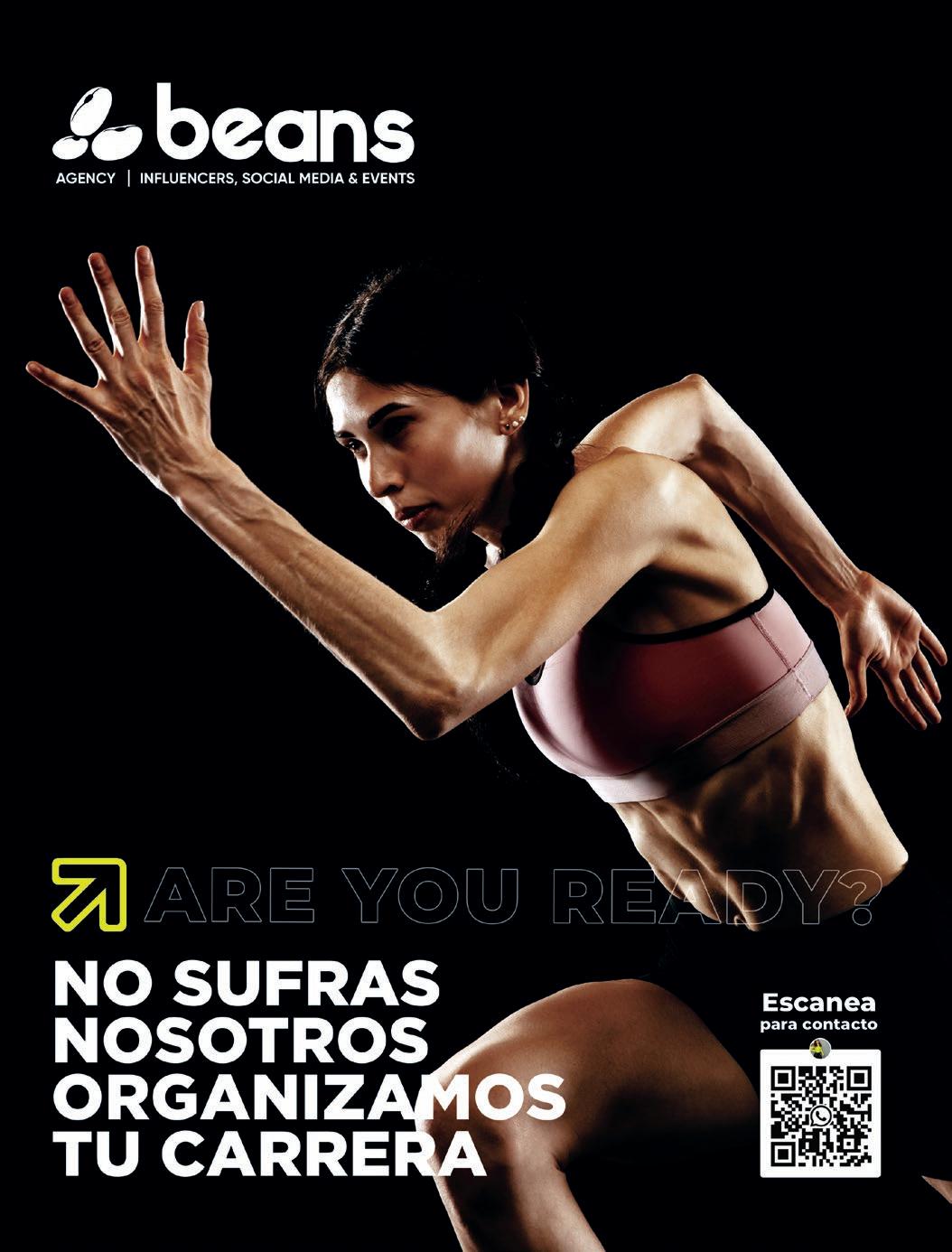
Aguilera Ramírez Edgar
Álvarez Luis
Arrona Francisco Javier
Arroyo Vieyra Francisco
Ascencio Aboytes José de Jesús
Ascencio Aboytes Luis Alberto
Ascencio Hernández José de Jesús
Balderas Josué
Barajas Armando
Delgado Juan Pablo
Durán Rodríguez Uriel
Estrada Jorge
Fiuri Ulises
Fuentes Pedro

Gasca Anaya Ma. Eugenia
García Camacho Miriam
González Navarro Mariana
Izaskún Uriel
Jaime Córdova Juan Ángel
Kirchner Jaime
López Bravo José Francisco
Lorea Paulino
Márquez Alcalá Laura Cristina
Montes de Oca Vanessa
Montiel Irlanda
Moreno Beto
Moreno Juan Omar
Moreno Juan Rodrigo
Muñoz Rodríguez Luis Noé
Noriega Claudia
Orozco Marín Laura Diana
Oyanguren Guedea Salvador
Peña Juan Carlos
Preciado Martínez Óscar Israel
Puente Federico
Ramírez Francisco
Ramírez Paulina
Rivera Palomino Alejandro
Rodríguez García Carlos Cesar
Ruiz Arreola David
Sabido Sánchez Alfredo
Serna Christian
Sujo Miguel
Torres Jaime
Trejo Francisco
Trejo Jorge
Trejo Marcelino
Urquieta Norberto
Vargas Islas Mario Emilio
Vieyra James Rodolfo Carlos






